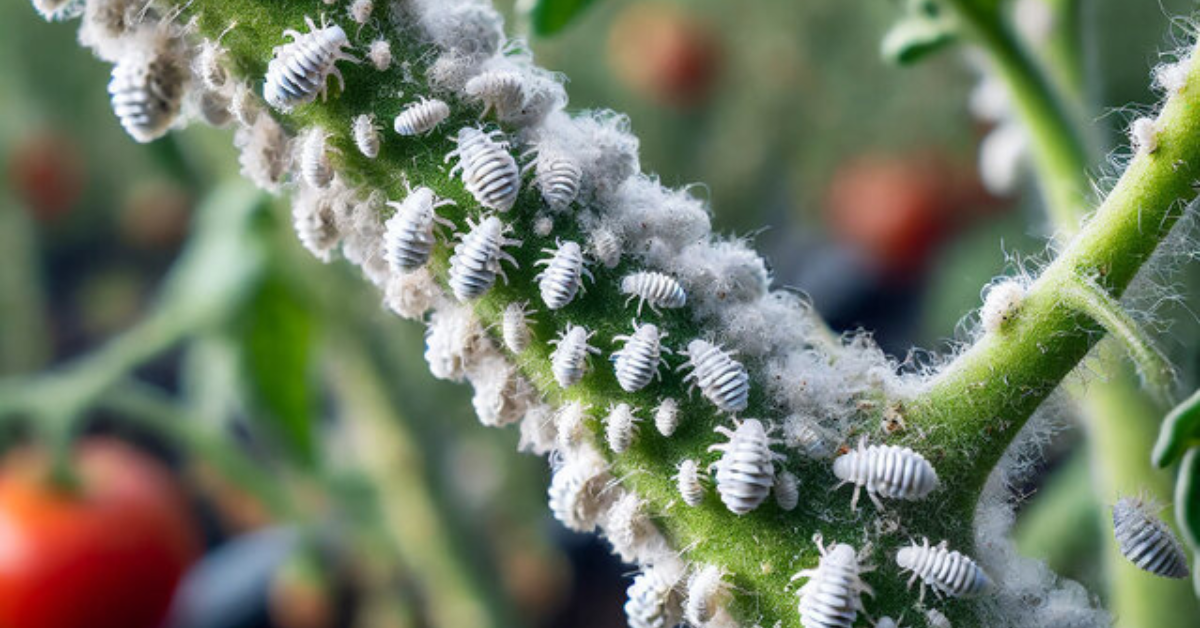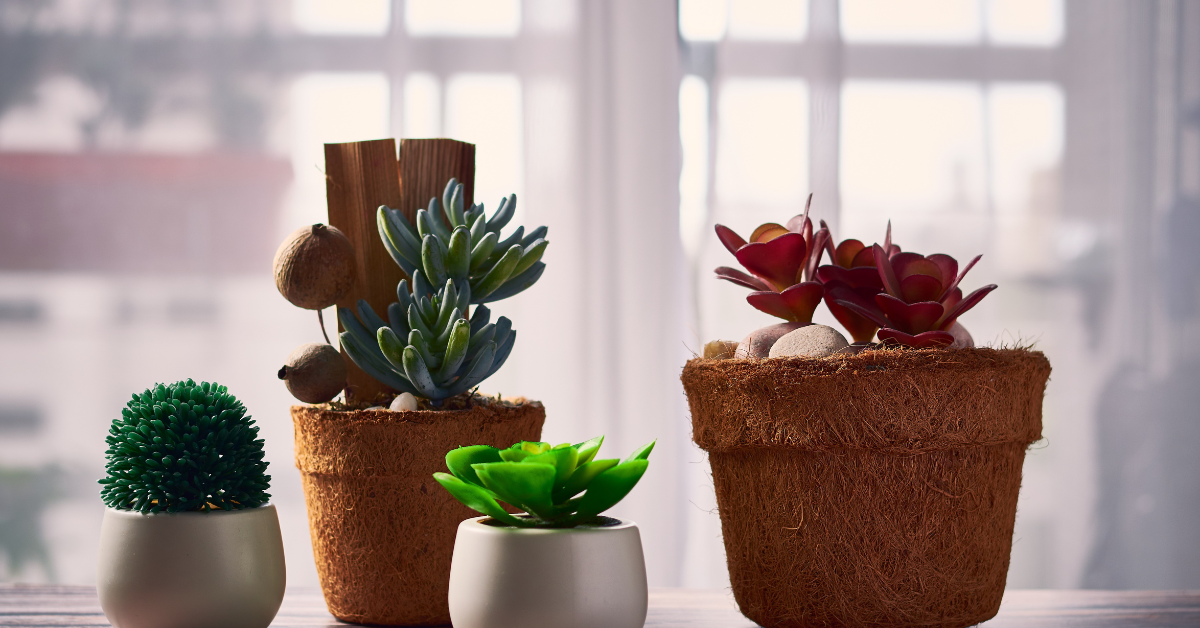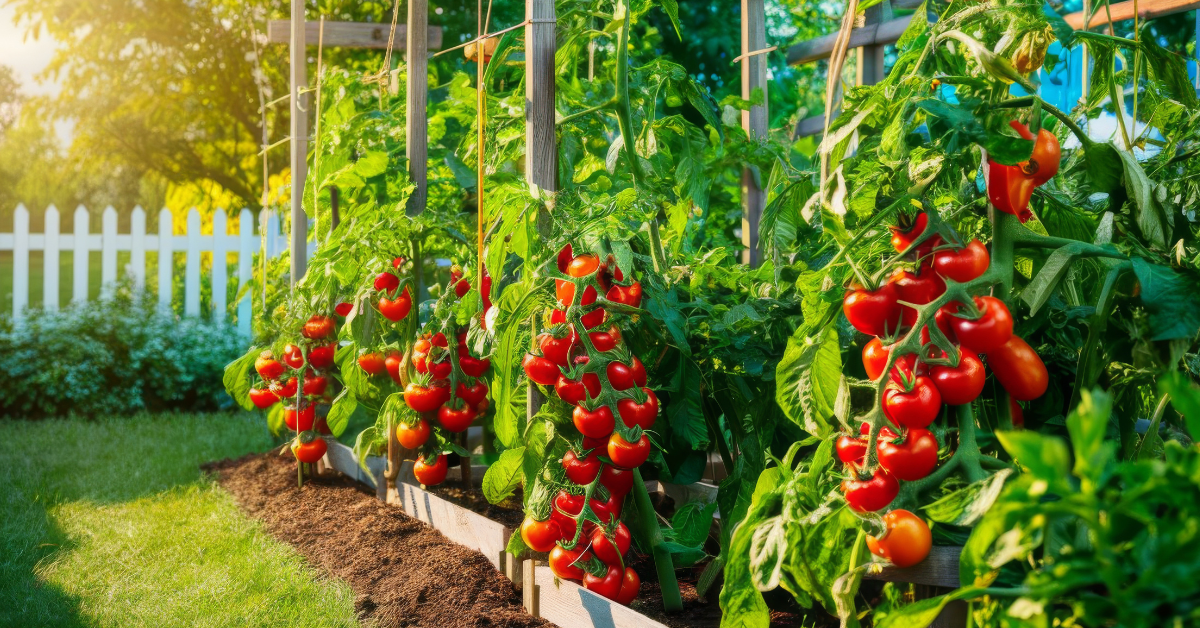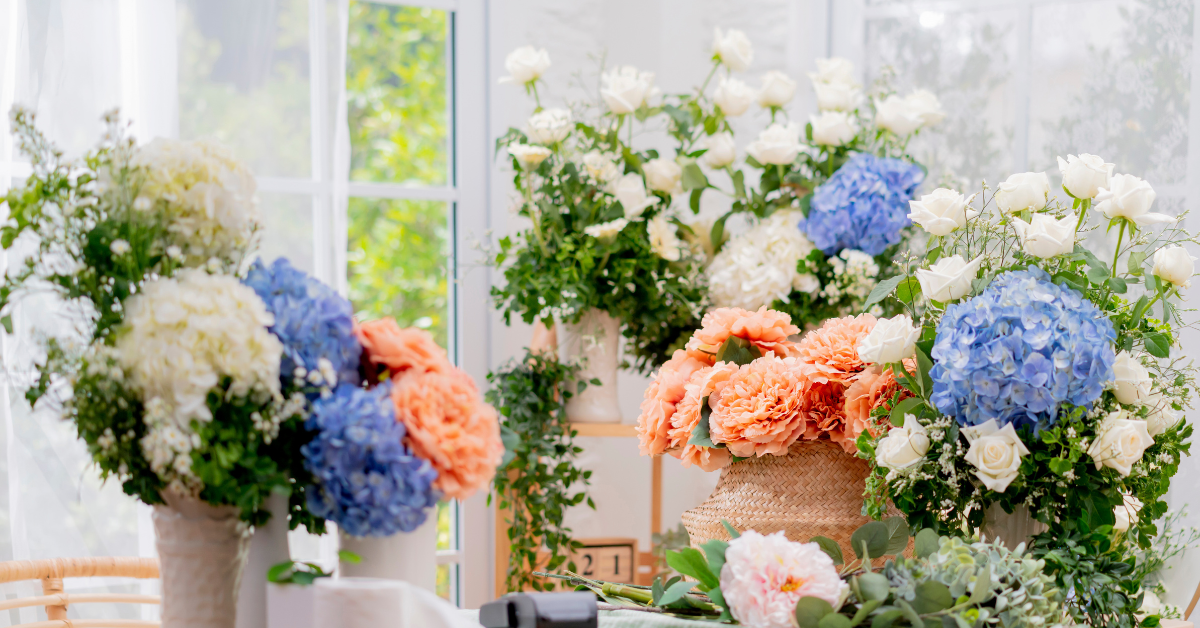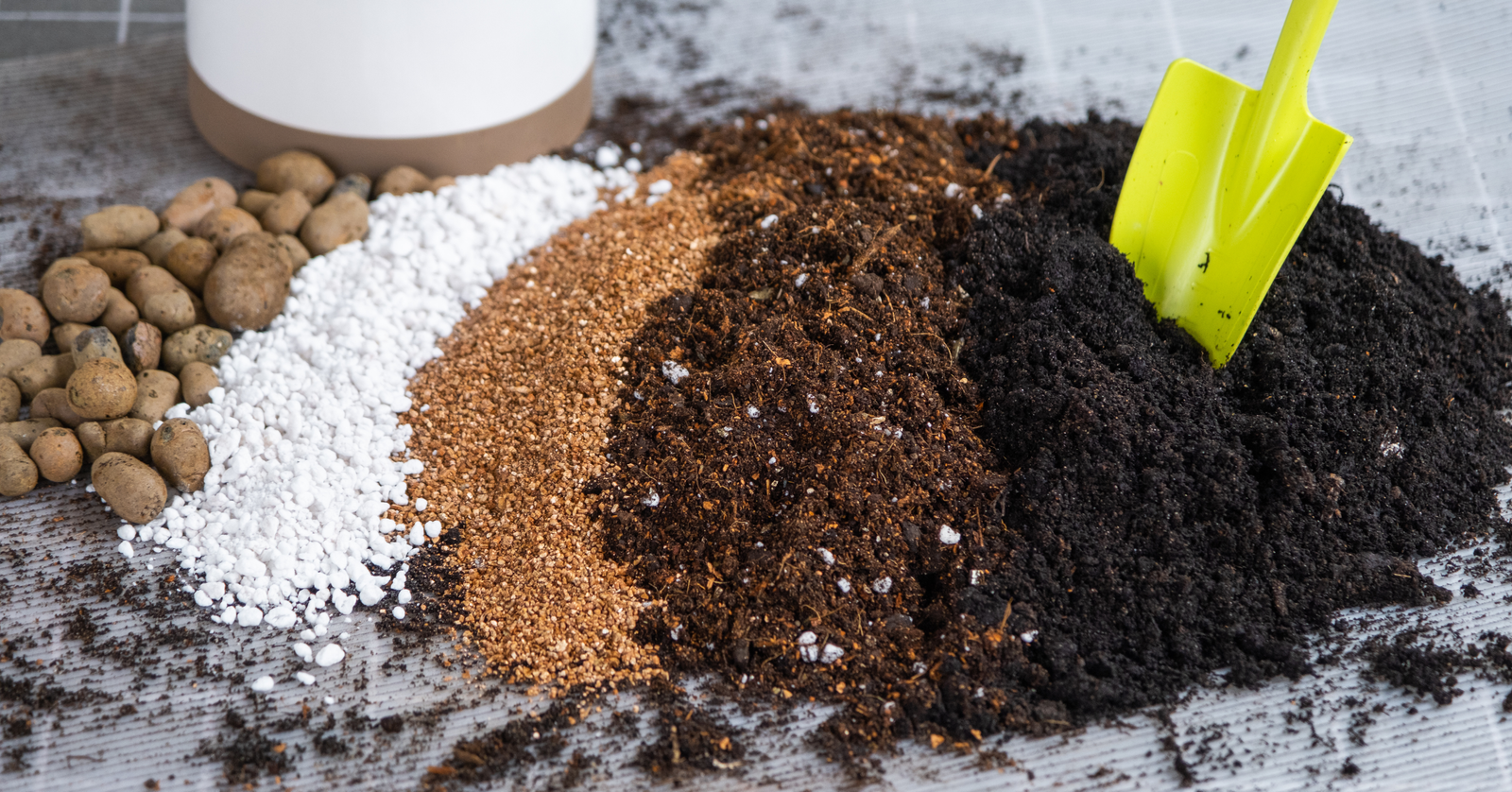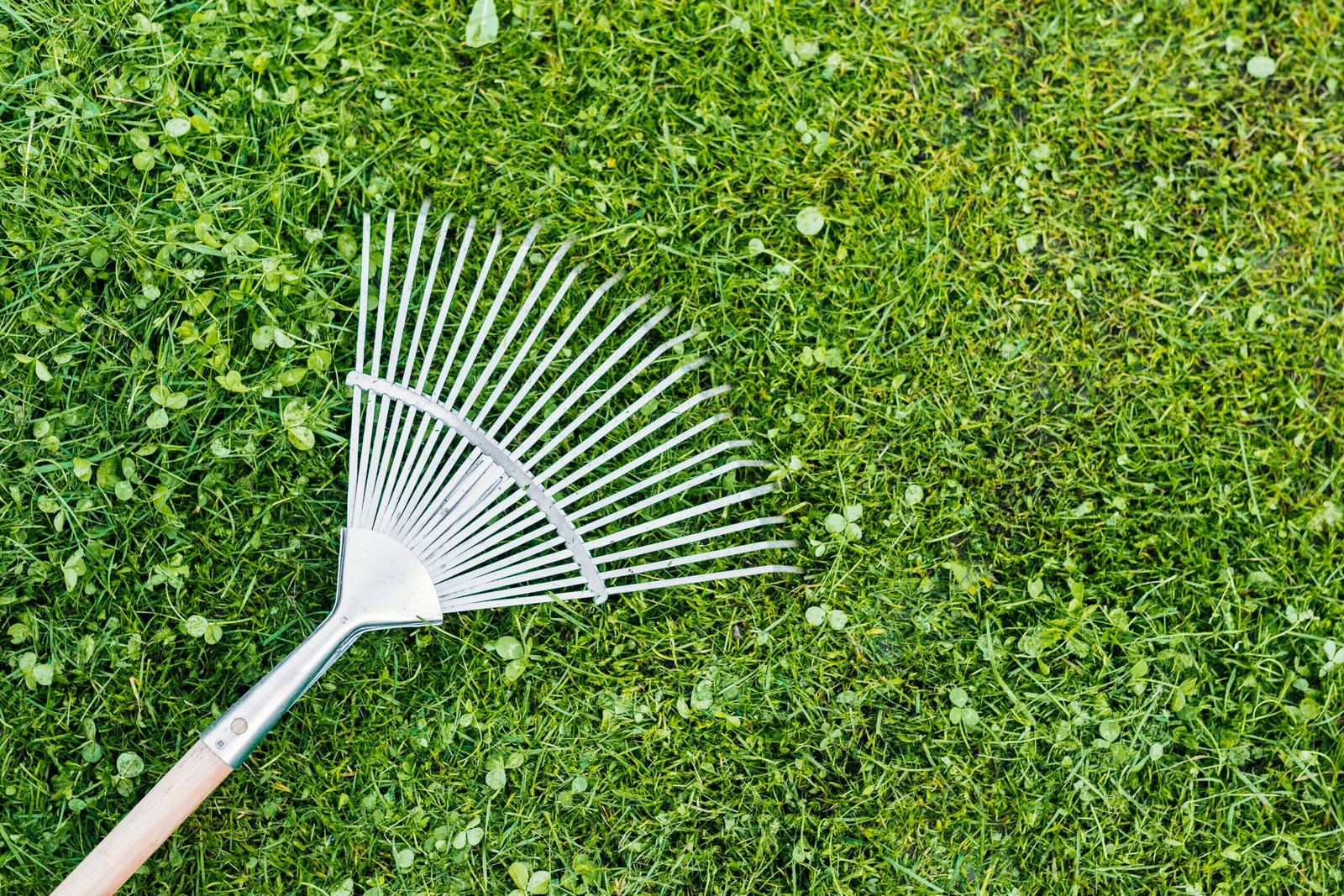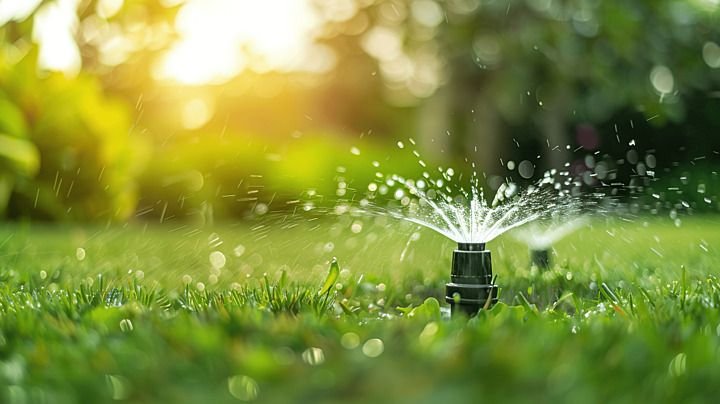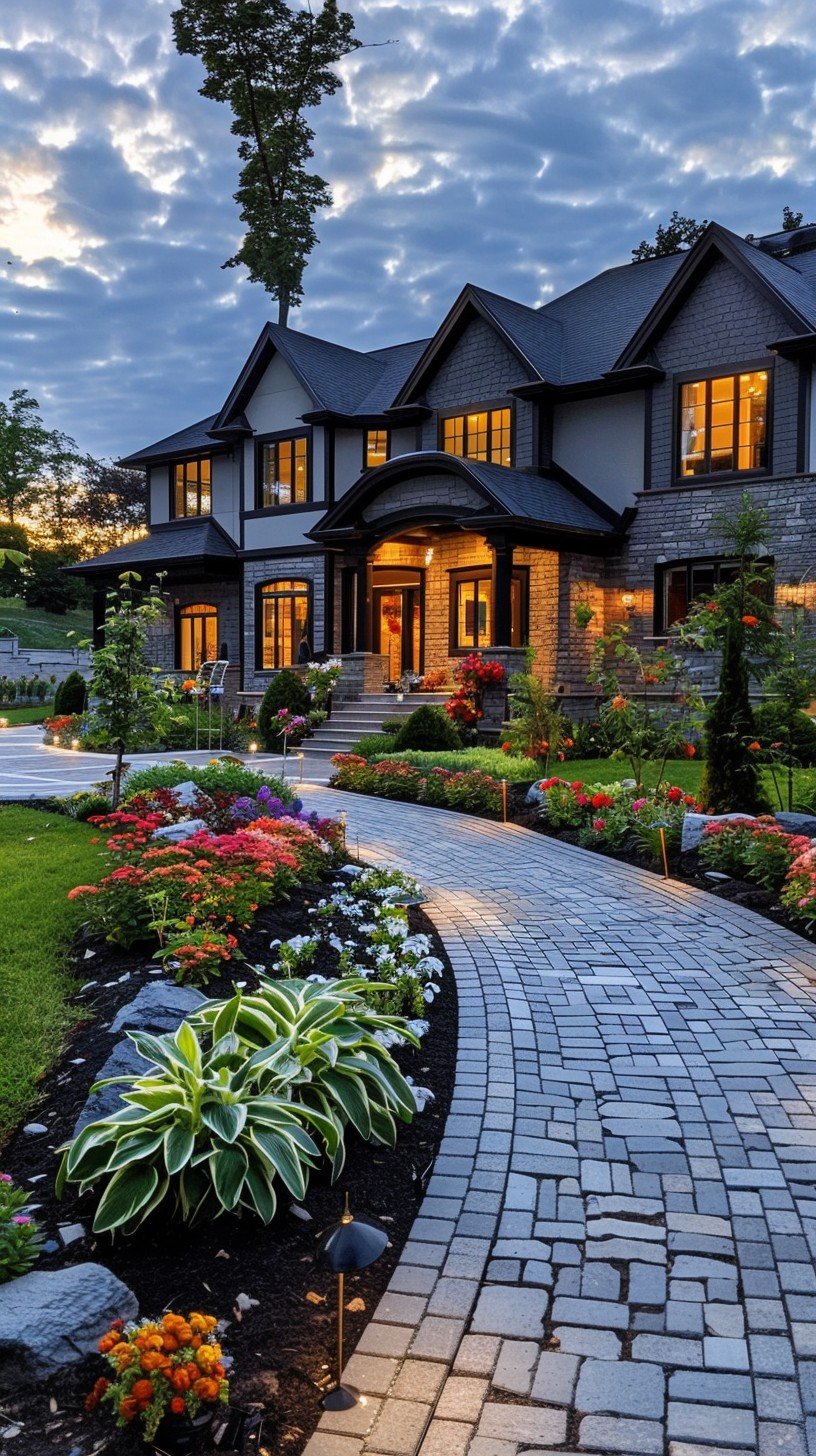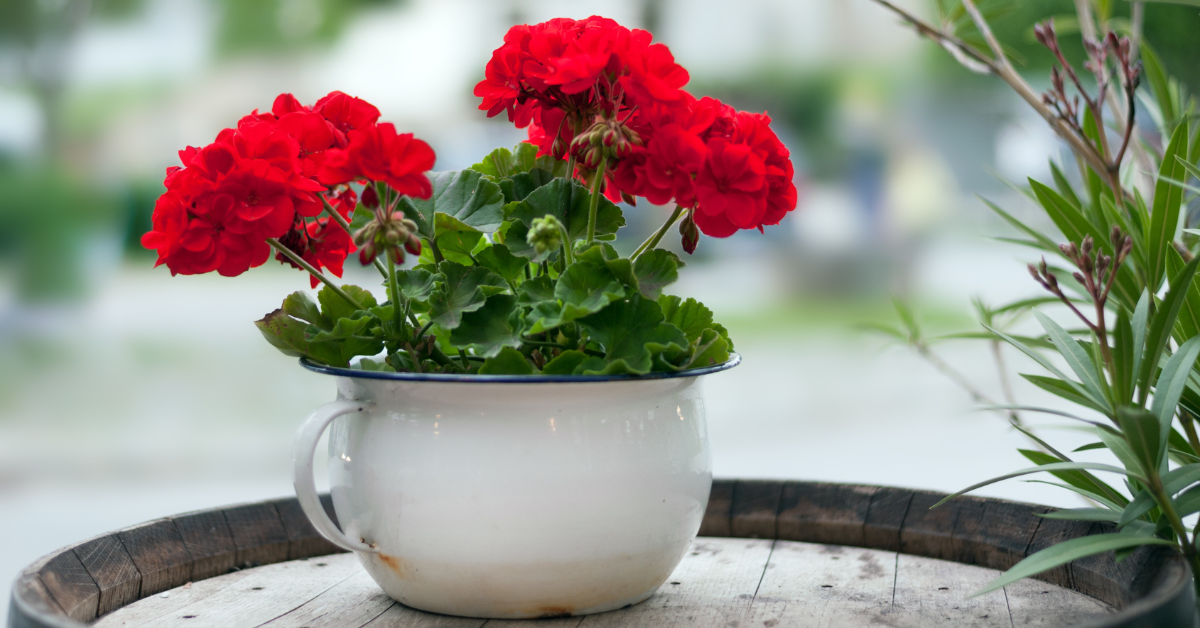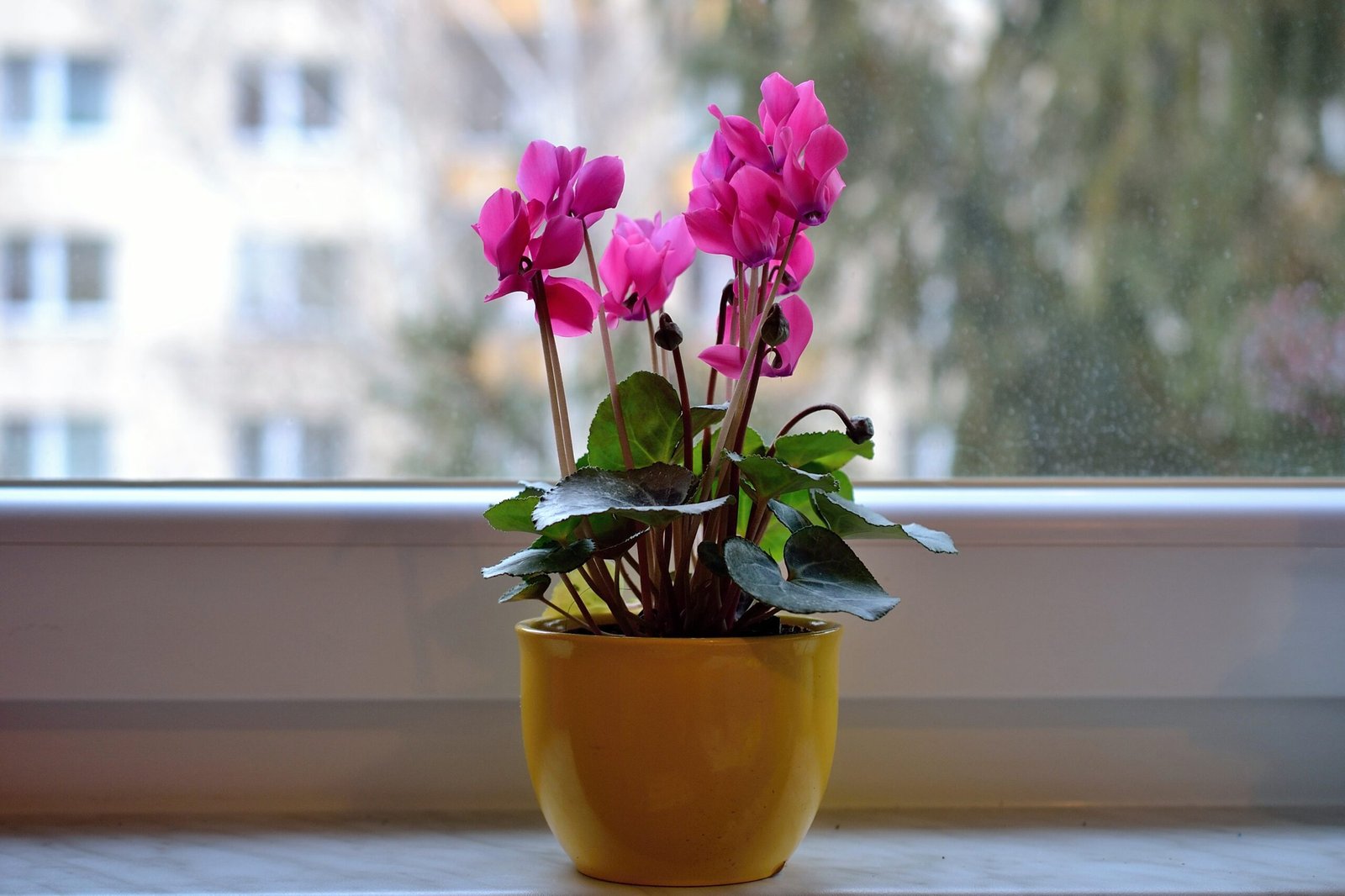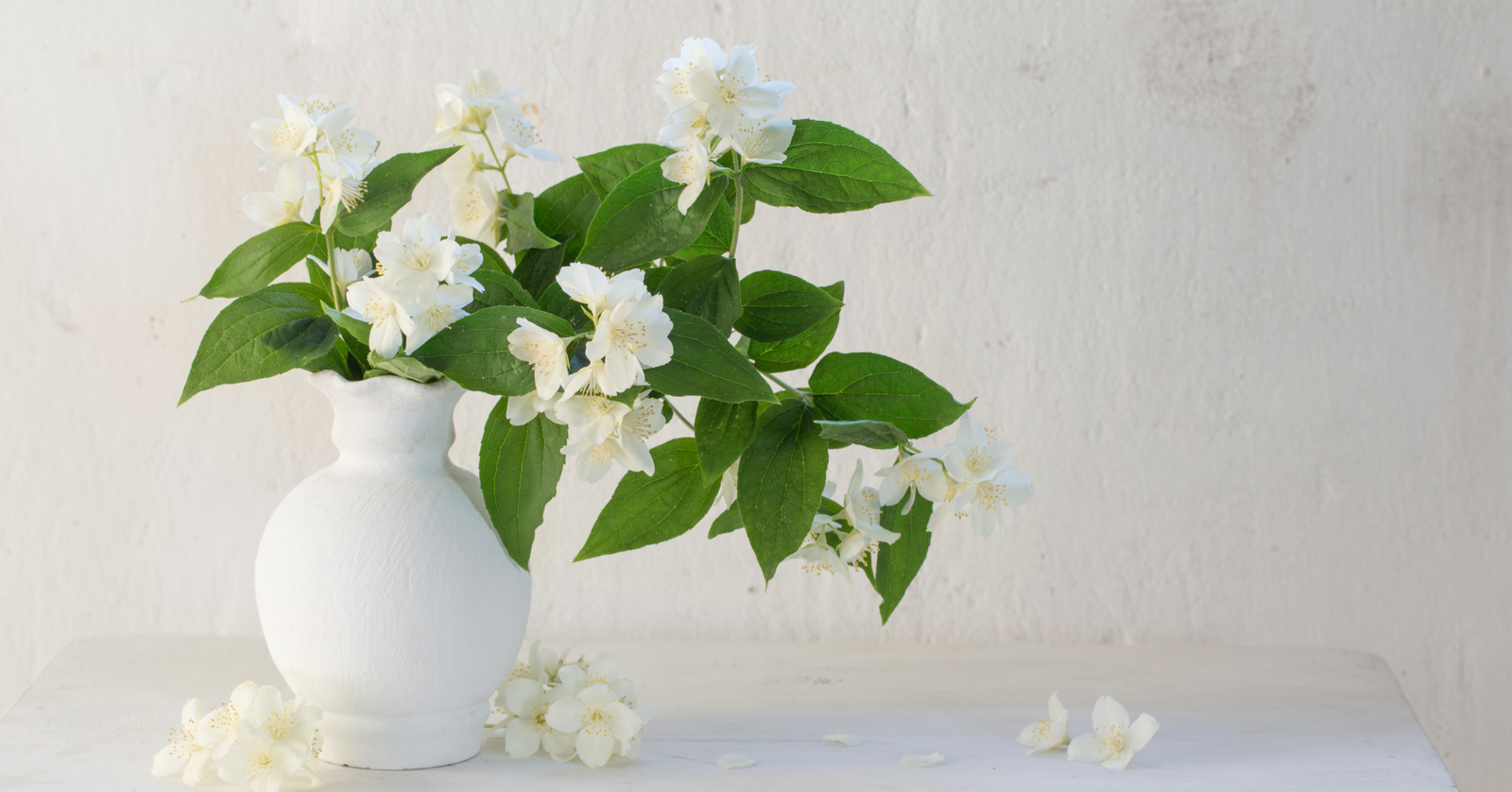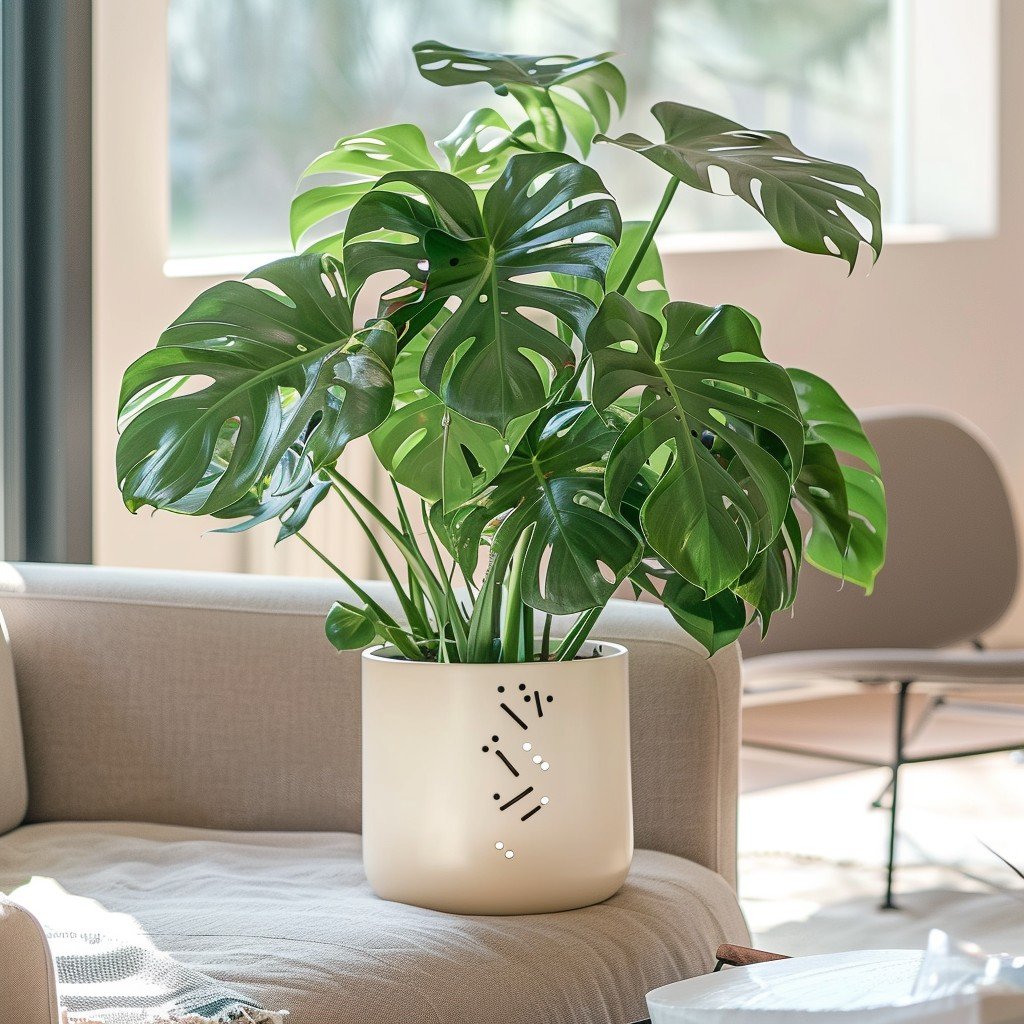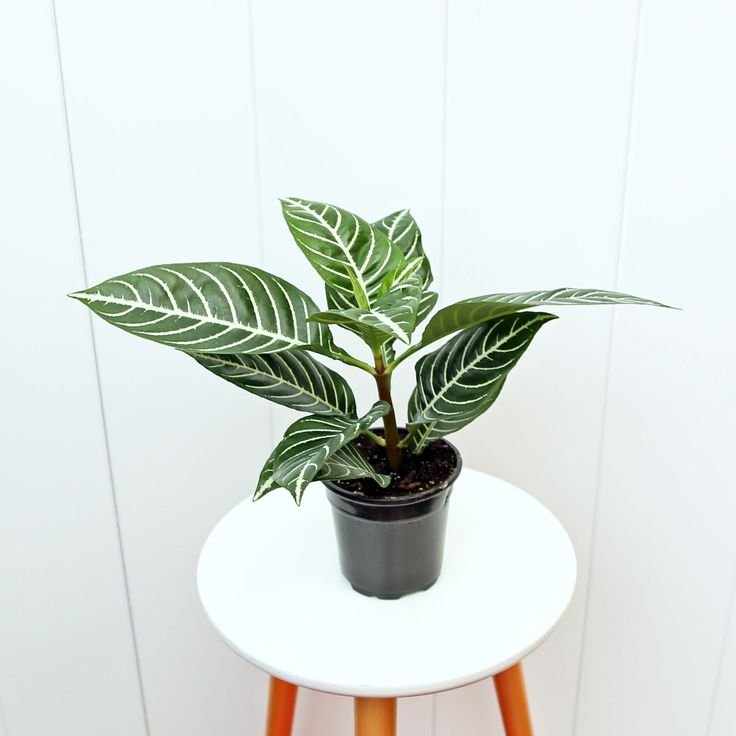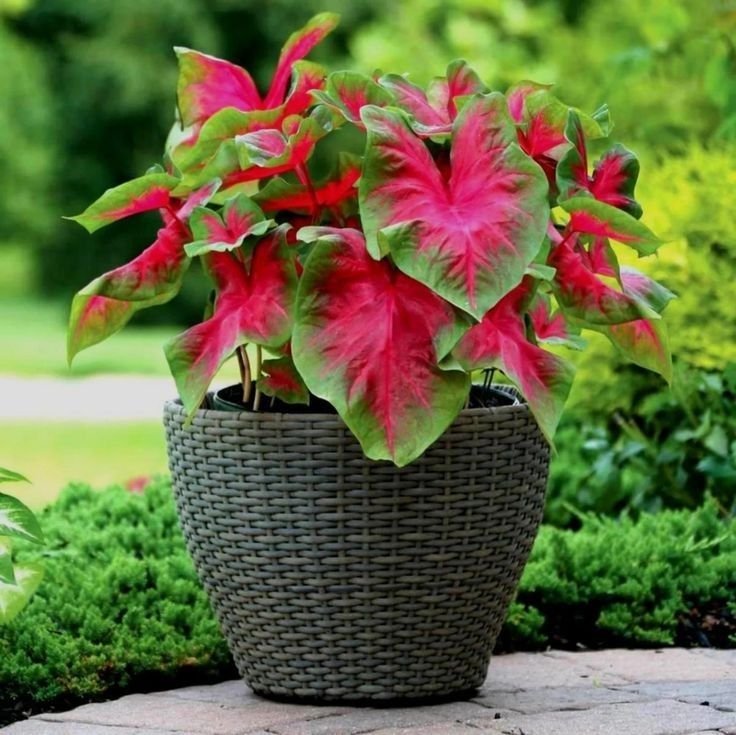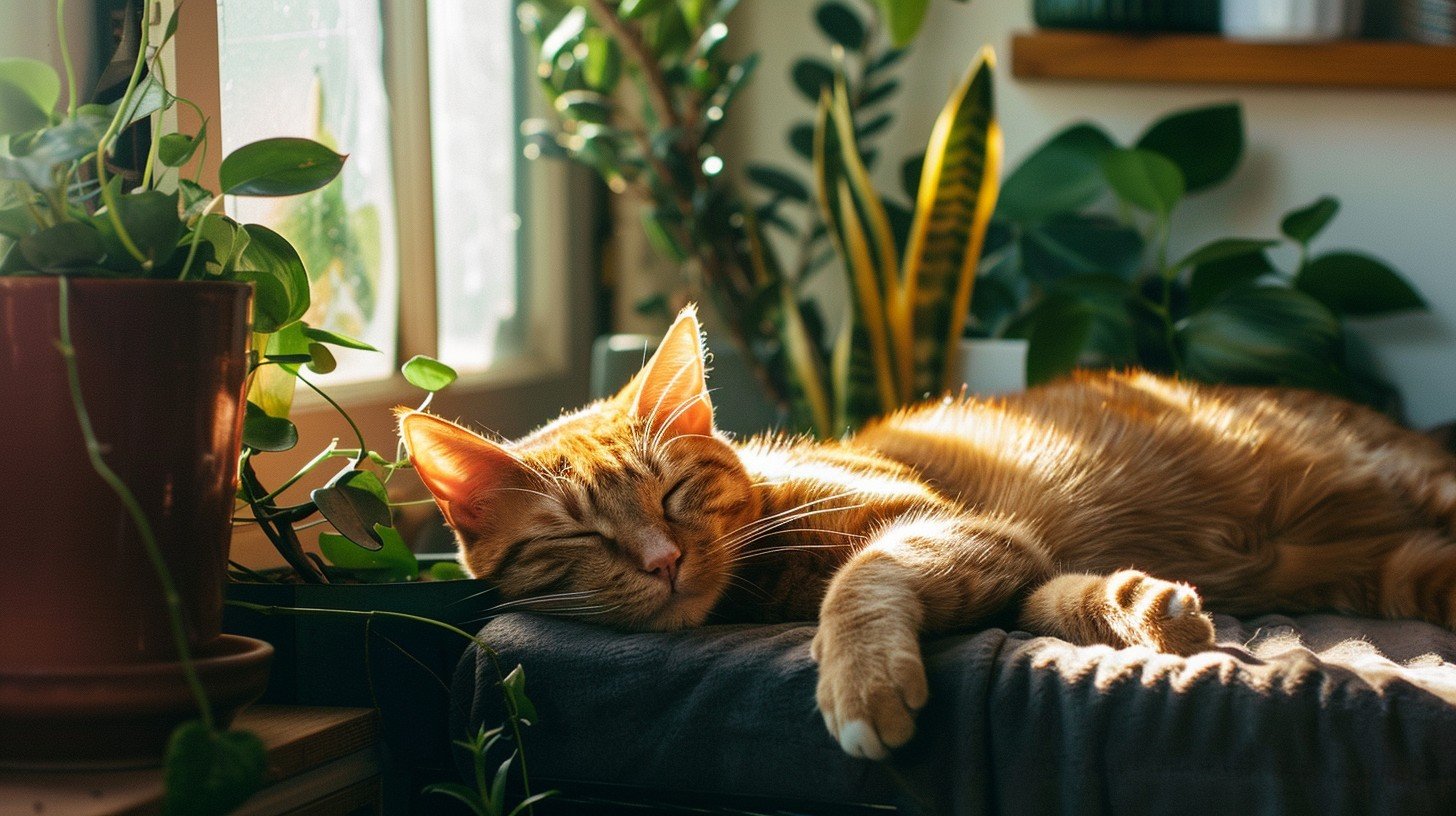If you love growing plants and flowers but lack outdoor space, you can create a green oasis inside your apartment that not only enhances the beauty of your interior but also allows you to continue your favorite hobby. A living room garden is essentially a well-planned arrangement of plants that transforms your living room by bringing natural brightness into the space. It not only enhances the aesthetic appeal of your room but also provides mental peace through plant care. Additionally, the oxygen released by the plants helps improve the air quality in your home. A living room garden brings a touch of nature into your home, offering peace and tranquility in your daily life.
Choosing the Right Plants for Your Living Room
To select the right plants for your living room garden, balance the room’s space with the plant’s growth needs. If you have children or pets, choose plants that are safe for them. Consider factors such as room temperature, sunlight, and air circulation when selecting plants. Opt for varieties that adapt easily to your environment and require minimal maintenance.
Low-Light and Hardy Plants
Many beautiful plants thrive in low-light conditions, making them ideal for cozy living rooms. Snake plants, pothos, and ZZ plants are particularly well-suited for such environments due to their hardiness and minimal care requirements. These plants are forgiving and can tolerate occasional neglect, though it’s important to avoid overwatering. For a striking effect, consider placing a tall snake plant in a decorative pot. This not only adds a touch of elegance but also enhances the overall aesthetic of your living space.
Air-Purifying Plants
Some indoor plants not only enhance the visual appeal of your space but also contribute to improved air quality. Top choices such as spider plants, peace lilies, and rubber plants are excellent for purifying the air, making your living environment healthier. To maximize their benefits, place these plants strategically around your home, ensuring they receive indirect sunlight and are watered moderately. While each plant has specific care needs, they generally thrive in environments with consistent, indirect light and balanced moisture.
Decorative Plants and Focal Points
Incorporating a statement plant into your living room garden can greatly enhance its visual impact. Consider options like a fiddle leaf fig or a large monstera, which can serve as striking focal points. Arrange these larger plants alongside smaller ones to create depth and visual harmony. Combining different colors and textures—such as lush green leaves with vibrant flowering plants—adds dynamic appeal and interest to your indoor garden.
Designing Your Living Room Garden Layout
To design your living room garden layout, arrange the plants to enhance your living space. Start by assessing the available space and selecting suitable plants based on light and temperature conditions. Arrange them for visual appeal, creating levels and balance using plant stands, shelves, and decorative pots. Ensure the layout provides easy access for care and complements your room’s decor, resulting in a functional and aesthetically pleasing indoor garden.
Assessing Space and Light
Before arranging your plants, it’s essential to evaluate your space carefully. Start by measuring the available area to determine how many plants you can accommodate and their optimal placement. Consider light sources: position sun-loving plants near windows and place shade-tolerant ones in darker corners. Creating a balanced layout will ensure that your garden feels cohesive, with plants appropriately spaced to enhance both the aesthetics and functionality of your living room.
Choosing Suitable Containers
Choosing the right containers is crucial for both the appearance of your garden and the health of your plants. Opt for materials like ceramic, plastic, or metal, each offering different benefits in terms of aesthetics, weight, and drainage. Larger pots can hold more soil and retain moisture better, while smaller pots may dry out more quickly. Always ensure that your containers have adequate drainage holes to prevent root rot and support healthy plant growth.
Creating a Multi-Layered Garden
A multi-layered approach can add significant interest and depth to your indoor garden. Utilize shelves and stands to create a tiered effect, allowing you to showcase a variety of plants at different levels. Combine plants of varying heights to add visual interest and dimension to the space. Enhance the overall aesthetic by incorporating decorative elements such as stones, figurines, or fairy lights, which can create a charming and personalized garden display.
Plant Care Essentials for Your Living Room Garden
Plant care essentials are crucial for a thriving living room garden. Ensuring proper watering, light, and soil conditions keeps plants healthy and vibrant. Regular feeding with appropriate fertilizers supports their growth, while pruning and pest management help prevent issues. By addressing these basics, you create a lush, attractive indoor garden that enhances your living space and improves air quality, making your home more enjoyable and inviting.
Watering Techniques
Watering your plants correctly is essential for their health and vitality. Each plant has unique watering needs—some require the soil to dry out completely between waterings, while others prefer consistently moist conditions. Regularly check soil moisture by sticking your finger into the soil or using a moisture meter for more accuracy. Watch for signs such as droopy leaves, which may indicate a need for water, or yellowing leaves, which can signal overwatering. Adjust your watering routine based on these observations to keep your plants thriving.
Fertilizing and Nutrient Management
Keeping your plants well-fed is key to their health and growth. Fertilizing indoor plants, especially during their active growing seasons, provides essential nutrients that support vibrant foliage and robust development. Opt for balanced liquid fertilizers or slow-release granules, applying them based on the specific needs of your plants. Watch for signs of nutrient deficiencies, such as yellowing leaves or stunted growth, which can indicate that your plants require additional nourishment. Regular feeding ensures your indoor garden remains lush and thriving.
Pruning and Disease Management
Regular maintenance is essential for keeping your indoor garden healthy and vibrant. Pruning dead or yellowing leaves helps promote new growth and maintain the plant’s overall health. Regularly inspect your plants for common indoor pests like spider mites and aphids, which can cause damage if left unchecked. Use natural remedies such as neem oil and insecticidal soap, applying them according to the instructions, to manage pests as they are effective and safer for indoor use. Consistent care ensures your indoor garden remains lush and thriving.
Personalizing Your Living Room Garden
Personalizing your living room garden can significantly enhance both its aesthetic and emotional appeal. By selecting and arranging plants according to your style, you create a unique and inviting environment that reflects your taste. This personalization not only makes your home more comfortable and enjoyable but also fosters a deeper connection with nature, contributing to your overall well-being and satisfaction. To personalize your living room garden, follow these steps:
Styling Techniques
Make your indoor garden a reflection of your personality by integrating it seamlessly with your decor. Coordinate plant pots with your existing interior design to create a cohesive look. Utilize stands and hangers to elevate plants, adding visual interest and variety to your space. Experiment with different positions and groupings until you find an arrangement that is both aesthetically pleasing and uniquely yours. This personalized touch will enhance your living space and make your garden a true extension of your style.
Seasonal Adjustments
Adapting to the seasons helps keep your indoor garden thriving year-round. Rotate plants to brighter spots during winter, when natural light is scarce, to ensure they receive adequate exposure. Embrace seasonal decor by adding festive decorations that complement your greenery, celebrating holidays with style. Additionally, adjust your care routines to match seasonal changes, such as modifying watering frequency and light exposure to align with your plants’ evolving needs. These seasonal adjustments will keep your garden healthy and vibrant throughout the year.
Expanding Your Living Room Garden
As your confidence in indoor gardening grows, you might consider expanding your plant collection. Add new plants once you’re confident in the health and success of your current ones. Propagating plants from cuttings is a rewarding way to grow your garden and share with friends. Additionally, participate in local plant swaps to exchange plants and gardening tips, enhancing both your collection and your connections within the gardening community.
FAQ
What should I do if my plants start to wilt?
If your plants start to wilt, first check for water issues—determine whether they have been overwatered or underwatered. Adjust your watering habits accordingly and assess whether the plant needs more light.
Can I grow vegetables in my living room garden?
Yes, you can grow vegetables in your living room garden. Opt for compact, low-maintenance varieties such as lettuce, herbs, and cherry tomatoes. Use pots with good drainage and provide adequate light, using grow lights if necessary. Regular watering and proper care will ensure a successful indoor vegetable garden.
What are the best indoor plants for beginners?
For beginners, some ideal indoor plants include the snake plant, pothos, ZZ plant, spider plant, peace lily, pothos, philodendron, rubber plant, aloe vera, and cast iron plant. These plants are known for their resilience, low maintenance needs, and adaptability to varying light conditions, making them perfect for novice gardeners.




